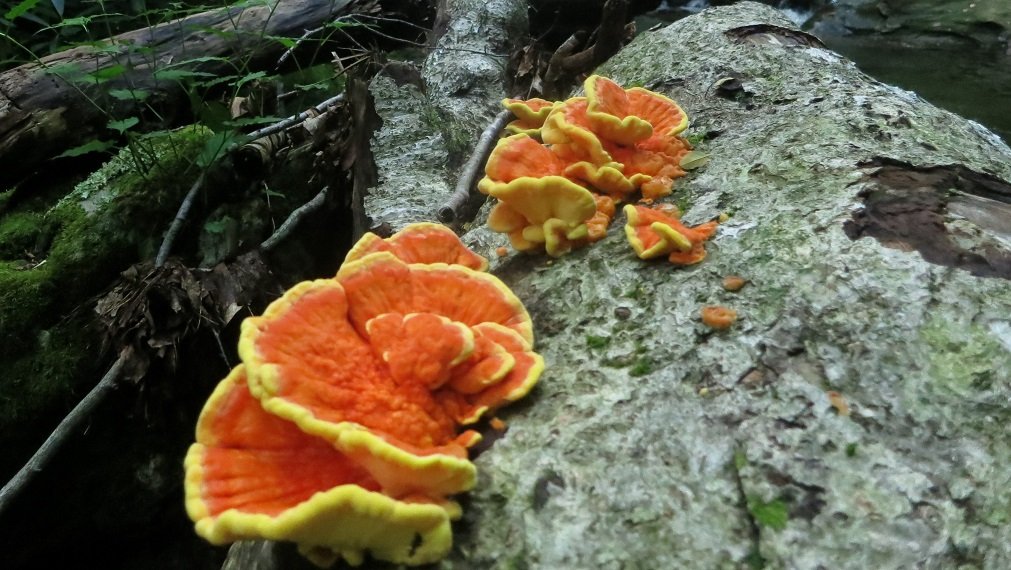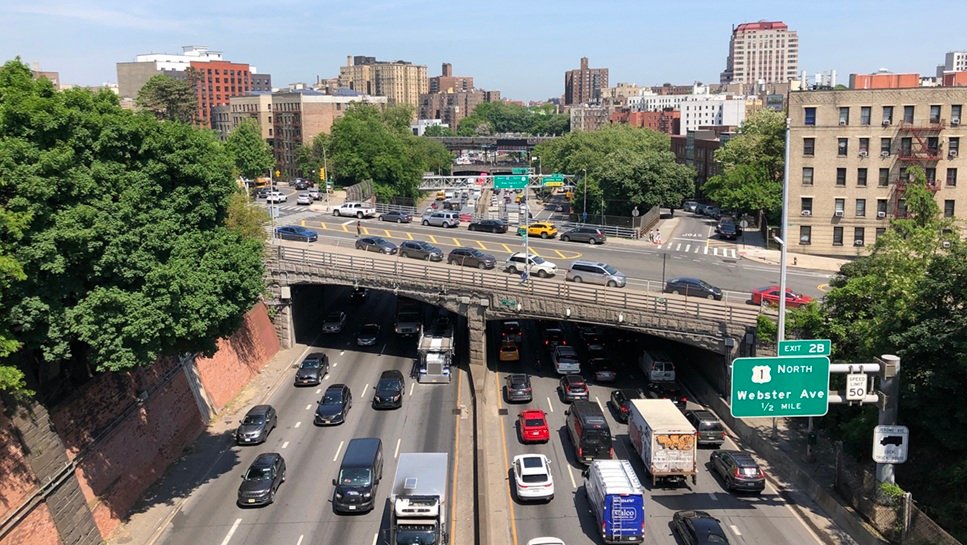Analysis of future food security typically focuses on managing gradual trends such as population growth, natural resource depletion, and environmental degradation. However, several risks threaten to cause large and abrupt declines in food security. For example, nuclear war, volcanic eruptions, and asteroid impact events can block sunlight, causing abrupt global cooling. In extreme but entirely possible cases, these events could make agriculture infeasible worldwide for several years, creating a food supply catastrophe of historic proportions. This paper describes alternative foods that use non-solar energy inputs as a solution for these catastrophes. For example, trees can be used to grow mushrooms; natural gas can feed certain edible bacteria. Alternative foods are already in production today, but would need to be dramatically scaled up to become the primary food source during a global food supply catastrophe. Scale-up would require extensive depletion of natural resources and difficult social coordination. For these reasons, large-scale use of alternative foods should be considered only for desperate circumstances of food supply catastrophes. During a catastrophe, alternative foods may be the only solution capable of preventing massive famine and maintaining human civilization. Furthermore, elements of alternative foods may be applicable to non-catastrophe times, such growing mushrooms on logging residues. Society should include alternative foods as part of its contingency planning for food supply catastrophes and possibly during normal times as well.
Academic citation:
Seth D. Baum, David C. Denkenberger, and Joshua M. Pearce, 2016. Alternative foods as a solution to global food supply catastrophes. Solutions, vol. 7, no. 4, pages 31-35.
Download Preprint PDF • View in Solutions
Image credit: Kadoka1
This blog post was published on 28 July 2020 as part of a website overhaul and backdated to reflect the time of the publication of the work referenced here.




